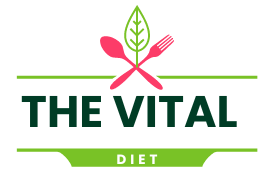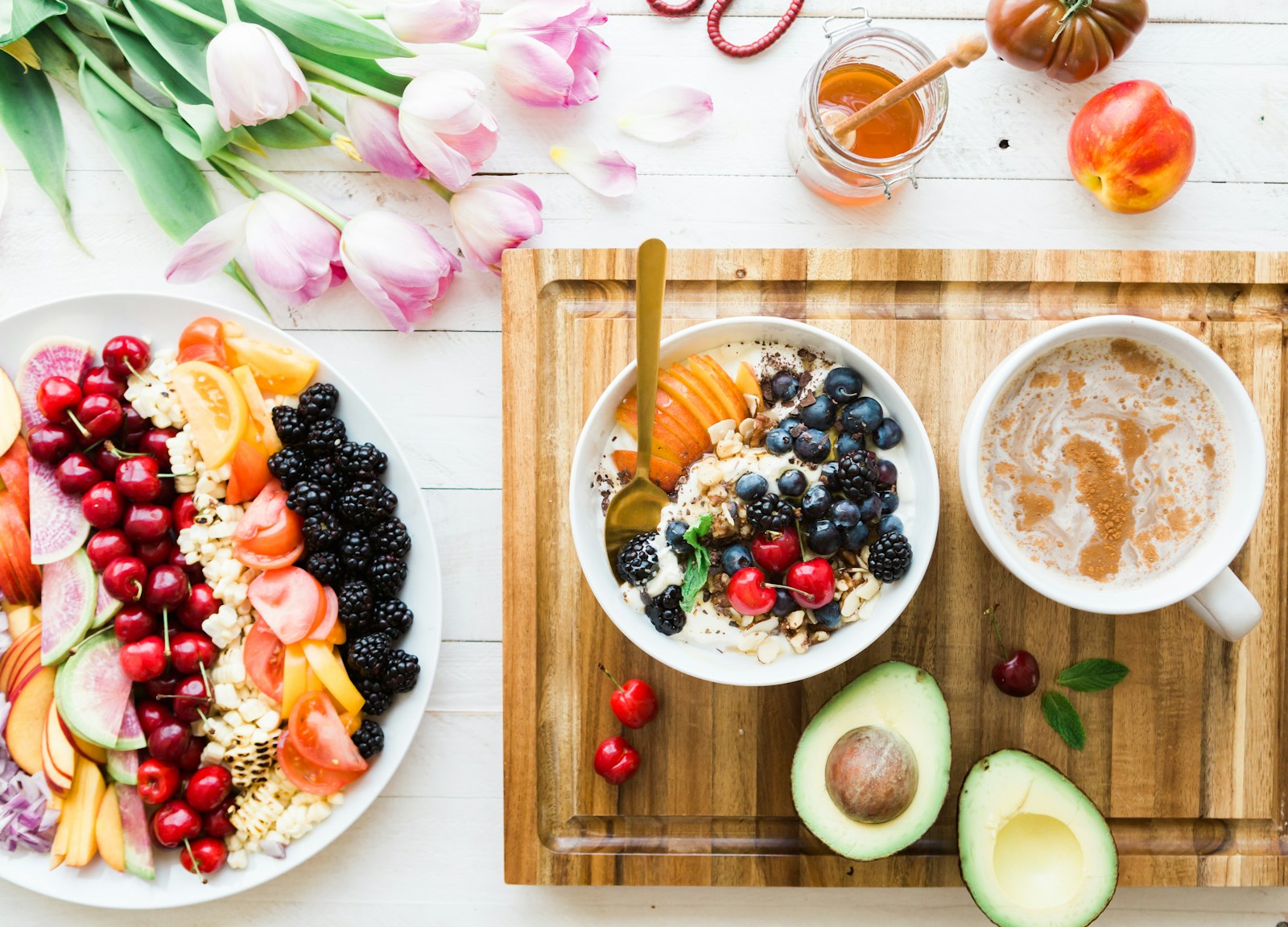
When it comes to losing weight, there’s no one-size-fits-all solution. Each person’s body and metabolism are unique, and what works for one person may not necessarily work for another. That said, there are certain principles that can guide you in your journey towards a healthier weight. This article presents a comprehensive 30-day weight loss program based on expert advice, aimed at helping you make sustainable lifestyle changes that can lead to long-term weight loss.
1. Understanding the Importance of Setting Realistic Goals
When embarking on a weight loss journey, the first step is to establish realistic and achievable goals. This is a crucial part of the process because having clear and attainable targets can motivate you to stay on track.
The ideal weight loss rate is between 1 to 2 pounds per week or 4 to 8 pounds in a month. Setting up SMART (Specific, Measurable, Attainable, Relevant, Time-bound) goals can guide your weight loss journey. For instance, replacing a daily can of soda with water for the next 30 days is a SMART goal that contributes to weight loss.
2. Developing a Balanced Nutrition Plan
A balanced nutrition plan plays a pivotal role in weight loss and maintenance. While calorie restriction is vital, it’s essential to understand that weight loss isn’t solely about energy-in and energy-out. Other factors such as hormones, medical conditions, medication, sleep, genetics, and environment also play a role.
Building a balanced diet requires the inclusion of various food groups, including fruits and vegetables, grains (especially whole grains), protein foods, dairy, and oils. It’s also crucial to understand portion control. Even when eating nutritious foods, consuming too much can lead to weight gain.
3. The Role of Meal Planning in Weight Loss
Meal planning is an effective strategy for weight loss as it ensures your body gets the necessary nutrients it needs to function properly. It’s also an excellent practice to control portion sizes and avoid overeating.
When planning meals, consider the following plate proportions:
- Half of your plate should be filled with fruits and vegetables.
- A quarter of your plate should consist of grains, preferably whole grains.
- Another quarter of your plate should include proteins, such as poultry, fish, eggs, meat, legumes, nuts, and seeds.
- Include a serving of calcium-rich foods such as milk, soy milk, or yogurt.
4. Sample 5-Day Meal Plan
To help you get started, here’s a simple 5-day meal plan that you can repeat six times to complete a 30-day plan:
Day 1:
- Breakfast: Greek yogurt with strawberries and low-sugar oat-based granola
- Snack: Almonds and grapes
- Lunch: Tuna melt sandwich with cheese and tomatoes on whole grain bread, served with carrots, red peppers, and an apple on the side
- Snack: Cucumber and hummus
- Dinner: Chicken with brown rice and stir-fried vegetables.
Day 2:
- Breakfast: Chia pudding with Greek yogurt and fruit
- Snack: Cheddar cheese and an apple
- Lunch: Poke bowl: fish (or tofu) with brown rice, mixed vegetables, seaweed, and sesame seeds
- Snack: Trail mix
- Dinner: Pesto shrimp and broccoli served over whole-grain pasta.
Day 3:
- Breakfast: Mashed avocado and ricotta cheese on whole grain toast with a side of berries
- Snack: Fresh peach, granola, and Greek yogurt
- Lunch: Turkey sandwich with lettuce, tomato, and sweet peppers; banana
- Snack: Plain popcorn
- Dinner: Chickpea and cauliflower curry with quinoa.
Day 4:
- Breakfast: Oatmeal with banana, peanut butter, and soy or cow’s milk
- Snack: Hummus and carrots
- Lunch: Black bean and cheddar burrito in a whole grain tortilla, with lettuce, tomato, sweet peppers, and avocado
- Snack: Plain popcorn
- Dinner: Stir-fried chicken and mixed vegetables on soba noodles.
Day 5:
- Breakfast: Scrambled eggs, whole grain toast, and tomato
- Snack: Medjool dates with peanut butter or almond butter
- Lunch: Chicken Caesar salad with parmesan cheese and croutons plus a pear
- Snack: Small portion of your favorite ice cream
- Dinner: Lemon-butter halibut with green beans and potatoes.
5. The Importance of Physical Activity
Physical activity is a critical component of a weight loss plan. It helps burn calories and can increase your metabolism. The CDC recommends 150 minutes of physical activity per week for health benefits. However, for weight loss, international guidelines recommend 300 minutes of exercise per week.
Remember, it’s essential to choose activities you enjoy, so you’re more likely to stick with them in the long term. Consider a mix of both aerobic (e.g., biking, walking, dancing) and strength-building activities (e.g., weight lifting, resistance bands, push-ups) for optimal benefits.
6. The Role of Hydration and Sleep in Weight Loss
Hydration and sleep also play significant roles in weight loss. Drinking water instead of sugary or calorie-rich beverages can aid in weight loss. Some studies suggest that drinking water before meals may reduce food intake, which can help you feel more satisfied with fewer calories.
Poor sleep patterns can lead to increased calorie intake, mostly from high-fat and refined carbohydrate snacks. Evidence suggests that individuals who sleep less than seven hours per night are more likely to be obese.
7. Tracking Your Progress
Monitoring your progress can be a powerful motivator. Keeping a food or exercise journal or using a mobile app to track your calories or steps can be helpful. Celebrate your successes and if you falter, get back on track as soon as possible.
8. Coping with Challenges
It’s important to understand that losing weight isn’t easy and requires a long-term commitment to lifestyle change. Making too many changes at once can be overwhelming, so it’s better to make slow, steady progress. Remember, the goal is to make lifestyle changes that you can maintain over the long term.





